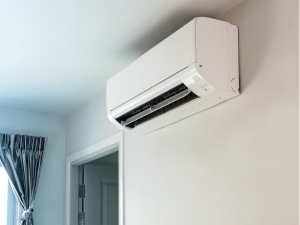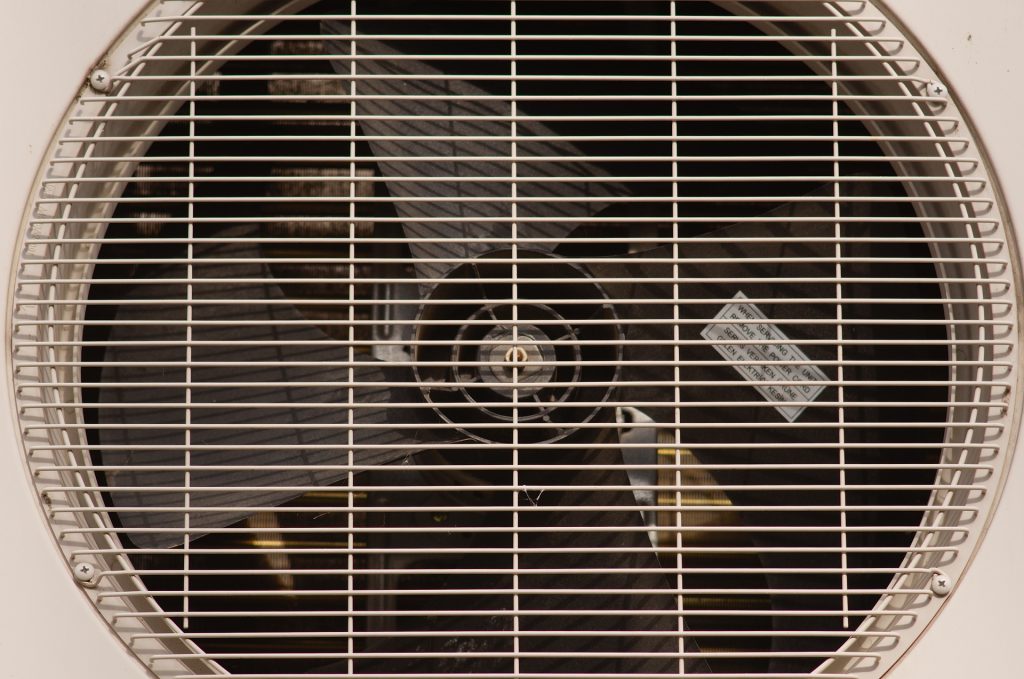In order to ensure optimal air conditioner performance, it’s vital that the right type of refrigerant be used. Learning the difference between different types of AC refrigerant allows for informed decision-making when deciding on whether to purchase a new unit.
For this reason, this blog post will examine refrigerants as a whole and will look at the different AC refrigerants for homes.
What is refrigerant?
Refrigerant is the liquid within AC units that absorbs the warmness of the air taken in from a space. As a process, refrigeration involves the removal of heat via transfer from one location to another through air conditioners, and refrigerant plays a key role in this process.
As an example, home air conditioning works by drawing in warm air from inside spaces, circulating it over coils containing refrigerant. This refrigerant for home ACs then evaporates to absorb and dissipate the heat energy, thus cooling the air that’s then expelled into your home. This cycle repeats to maintain desired temperatures.
Depending on the type of refrigerant, these liquid compounds may be composed of chemicals like chlorine, fluorine, carbon, hydrogen, propane, or isobutane.
Different kinds of refrigerant are used for home air conditioning units, automobile ACs, and commercial equipment.
Do I need a license for refrigerant handling?
AC refrigerant for homes require a license in order to handle them safely, as refrigerants can be dangerous and toxic. It’s crucial that these hazardous substances be handled by professionals certified to work safely with them to avoid harm.
States often mandate that buyers present proof of license when purchasing refrigerants to ensure that these chemicals are used according to safety regulations and best practice. This also gives homeowners and business owners additional peace of mind when hiring professionals to refill their systems.
Types of AC refrigerant
Here are the different types of AC refrigerants that AC units use.
R-22
Also known as Freon, R-22 as a hydrochlorofluorocarbon (HCFC) refrigerant was widely used in older air conditioning systems. It can no longer be manufactured due to its environmental impacts and has been banned by the Environmental Protection Agency (EPA).
If your home’s AC is one that was manufactured before 2010, it likely uses R-22 refrigerant and can only be refilled with refrigerant produced before the ban. As this resource becomes more scarce, its operating costs are expected to become more expensive over time.
Thus, for many homeowners, it’s become much more practical to just get their old AC units replaced with ones that use a newer, more eco-friendly type of refrigerant.
R-410A
R-410A (also known as Puron), a type of hydrofluorocarbon (HFC) refrigerant, is intended to replace R-22 temporarily. The EPA announced that it, along with other HFC refrigerants, are to be phased out by 2036 according to the American Innovation and Manufacturing (AIM) Act.
HFC refrigerants don’t contain chlorine, and are thus safer for the environment compared to R-22 refrigerants. However, they’re still considered greenhouse gasses and contribute to global warming.
R-32
Next on our list of types of refrigerant for ACs, R-32 is another type of HFC refrigerant that will replace R-410A due to its lower Global Warming Potential (GWP) score. It’s designed to be both more energy-efficient and eco-friendly than its alternatives, being less expensive and much easier to recycle.
R-744
R-744 (also known as CO2, or carbon dioxide) is used in commercial refrigeration systems, and despite its name, is an environmentally-friendly refrigerant due to its natural sourcing. It has an Ozone Depletion Potential (ODP) of 0 and a GWP of 1, providing efficient cooling capabilities without damage to the ozone layer.
What is the most common type of refrigerant today?
As R-22 refrigerant has been banned, more and more units today are using R-410A refrigerant. However, as mentioned, R-410A refrigerant is expected to be phased out as well in the upcoming decade for more environmentally-friendly alternatives.
Hydrofluoroolefin (HFO) refrigerants are expected to take the place of HFC refrigerants, as they have the lowest ODP and GWP scores to date, with minimal environmental impact.
If you want to find out what kind of refrigerant your AC unit uses, it’s usually indicated on the label of your compressor unit. If there’s no label or if you want verification, it’s best to consult an HVAC professional.
Whether it’s a refrigerant refill or AC unit replacement, trust AHWA
Knowledge of AC refrigerant for homes is vital to ensure the optimal efficiency of your system, with professional assistance guiding your search for the most ideal AC unit if necessary.
In other words, knowing the type of refrigerant your unit uses is not only useful for helping in determining the cost of refilling refrigerant, but also whether it’s time for a unit replacement.
Understanding the properties of different AC refrigerants is vital in making an educated choice regarding what kind of unit will meet the cooling needs of your home best while ensuring environmental friendliness.
If you live in the Phoenix, Arizona area and need your unit’s refrigerant levels replenished or want a newer, more efficient AC unit installed, American Home Water & Air is here to help. We’ve been helping homeowners for over 35 years.
Contact AHWA today!














